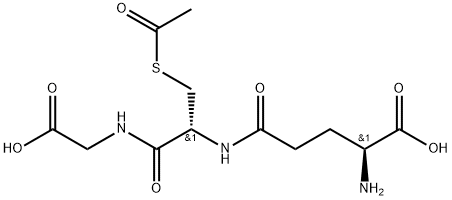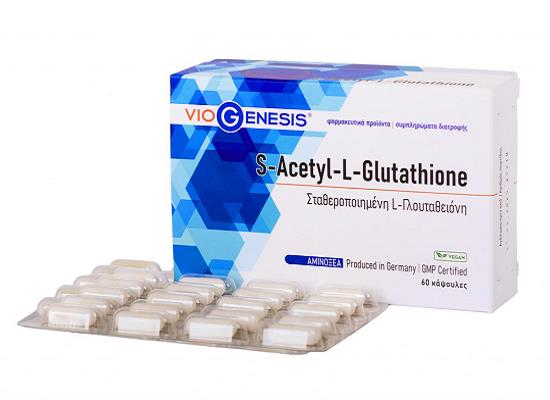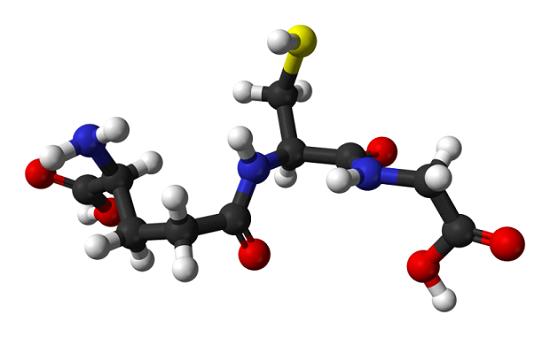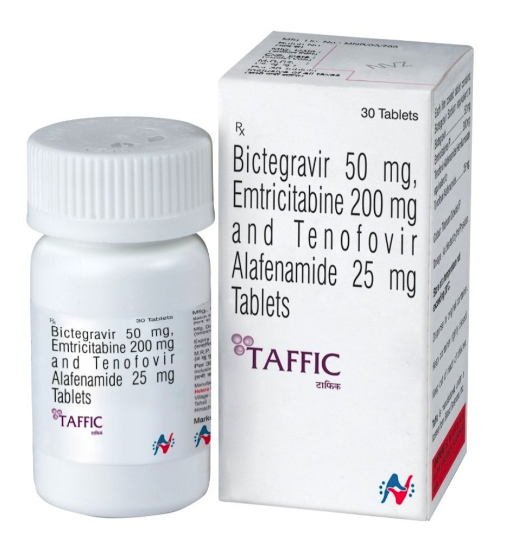S-Acetyl-L-glutathione: Physiological Roles and Pharmacokinetic Characteristics
General Description
S-Acetyl-L-glutathione is a stable precursor to glutathione (GSH), a crucial antioxidant in cellular defense. Its acetylation enhances absorption and stability, allowing efficient cellular uptake and conversion back to GSH, thus replenishing intracellular GSH levels. This is particularly beneficial for individuals with conditions affecting glutathione synthesis. Studies have shown S-Acetyl-L-glutathione's superiority over GSH in maintaining cellular levels, even during depletion scenarios such as viral infections. Additionally, S-Acetyl-L-glutathione has demonstrated potential in inducing apoptosis in some tumor cell lines, suggesting its utility in oxidative stress and cancer therapy. Pharmacokinetic studies reveal S-Acetyl-L-glutathione's rapid metabolism to GSH post-administration, enhancing bioavailability and indicating a more effective method to elevate GSH levels compared to direct supplementation. This makes S-Acetyl-L-glutathione a promising candidate for conditions involving impaired GSH synthesis, offering a significant advantage in medical research and treatment strategies focusing on oxidative stress and related disorders.
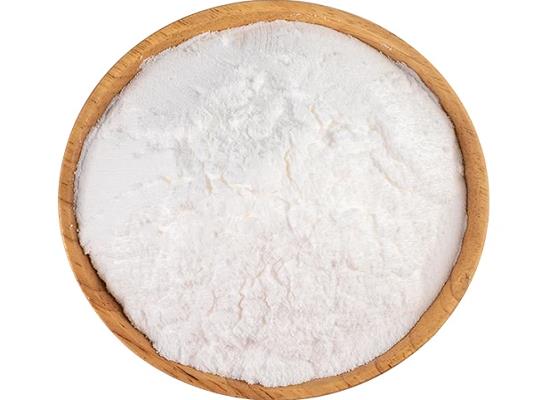
Figure 1. S-Acetyl-L-glutathione
Physiological Roles
S-Acetyl-L-glutathione plays a crucial role in cellular health and defense mechanisms, acting as a more stable precursor to glutathione, a vital antioxidant within the body. Unlike GSH, which can be unstable in plasma, S-Acetyl-L-glutathione's unique acetylation at the sulfur atom not only prevents its decomposition but also enhances its absorption through the intestinal wall. This modification allows for efficient transport into cells, where it is then converted back to GSH. The process of acetylation shields the thiol group from oxidation prior to absorption, ensuring that once inside the cell, S-Acetyl-L-glutathione is hydrolyzed by cytoplasmic thioesterases, thereby replenishing the intracellular GSH pool. This attribute is particularly beneficial for individuals with genetic conditions affecting glutathione synthetase, as adding S-Acetyl-L-glutathione to fibroblast cultures has been shown to effectively restore GSH levels. Furthermore, S-Acetyl-L-glutathione outperforms GSH in maintaining cellular GSH levels, especially in contexts of depletion caused by viral infections. Beyond its role in GSH synthesis, S-Acetyl-L-glutathione demonstrates additional therapeutic potential by inducing apoptosis in certain human tumor cell lines, indicating its broader implications in medical research and treatment strategies focusing on oxidative stress and cancer therapy. 1
Pharmacokinetic Characteristics
S-Acetyl-L-glutathione demonstrates promising pharmacokinetic characteristics as a prodrug of glutathione, aiming to enhance GSH levels in the body. In a clinical trial comparing S-Acetyl-L-glutathione with a marketed GSH product, S-Acetyl-L-glutathione exhibited high tolerability and safety among participants. A significant aspect of this study was the administration of a high dose (50 mg/kg) to evaluate the absorption profile effectively, overcoming the challenge posed by the endogenous production of GSH which could mask the effects of supplementation. The pharmacokinetic analysis revealed that S-Acetyl-L-glutathione is rapidly deacetylated to GSH post-administration before it can reach the bloodstream, resulting in the non-quantifiable levels of plasma SAG. This rapid conversion underscores the efficient metabolism of SAG to GSH, enhancing its bioavailability. The study employed advanced analytical methods, such as UPLC-MS for plasma samples and HPLC with fluorometric detection for erythrocytes, to measure GSH and related compounds accurately, given their low concentrations. Interestingly, the results indicated that GSH concentrations in plasma showed a more significant increase and a higher rate (Cmax) and extent of absorption (AUC0-t) following S-Acetyl-L-glutathione administration compared to the reference GSH product. However, in erythrocytes, GSH levels after SAG administration were slightly lower than those observed with the GSH product, suggesting a complex regulation of GSH and its oxidized form (GSSG) within erythrocytes. This study highlights S-Acetyl-L-glutathione's potential as a more stable and effective means to elevate GSH levels in the body, bypassing the limitations associated with direct GSH supplementation. The ability of S-Acetyl-L-glutathione to be directly absorbed by cells and converted to GSH without needing breakdown into amino acids presents a significant advantage, especially in conditions where GSH synthesis may be impaired, such as during viral infections or in genetic disorders affecting GSH metabolism. 2
Reference
1. Perondi F. The effect of a diet supplement containing S-acetyl-glutathione (SAG) and other antioxidant natural ingredients on glutathione peroxidase in healthy dogs: a pilot study. Italian Journal of Animal Science. 2023; 4(1).
2. Fanelli S, Francioso A, Cavallaro R, et al. Oral Administration of S-acetyl-glutathione: Impact on the Levels of Glutathione in Plasma and in Erythrocytes of Healthy Volunteers. International Journal of Clinical Nutrition & Dietetics. 2018; 3(1).
You may like
Related articles And Qustion
Lastest Price from S-Acetyl-L-glutathione manufacturers

US $0.00-0.00/KG2025-10-14
- CAS:
- 3054-47-5
- Min. Order:
- 1KG
- Purity:
- 98
- Supply Ability:
- 10000KGS

US $200.00/KG2025-06-09
- CAS:
- 3054-47-5
- Min. Order:
- 10KG
- Purity:
- 99%
- Supply Ability:
- 10000kg
